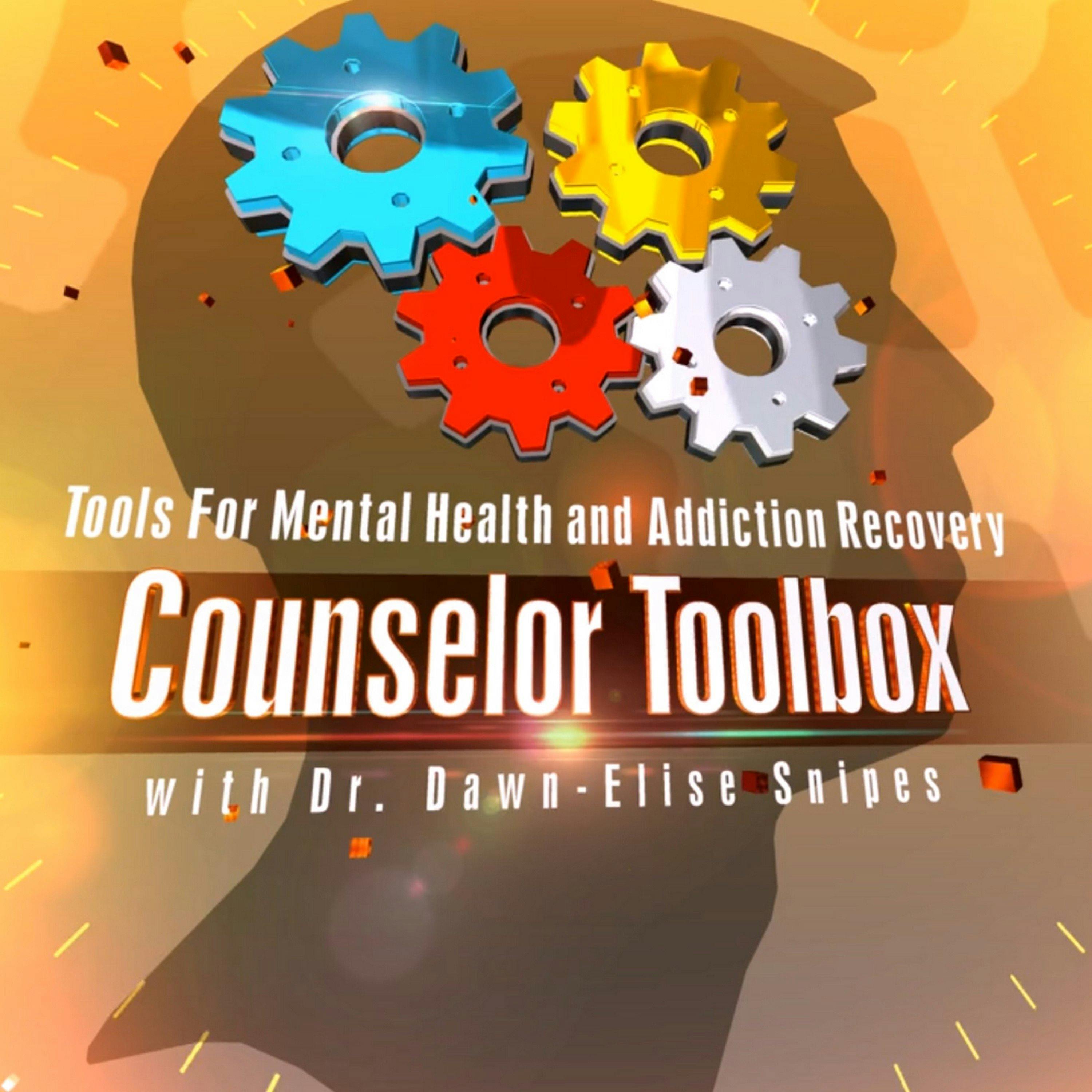Secrets of Effective Treatment Planning & Reassessment
Description
### Treatment Planning
- **Importance**: Many clinicians and interns struggle with writing effective treatment plans.
- **Tools**:
- **Integrative Summary**: Provides an executive summary of the patient's story, supports diagnosis, and identifies problems to drive treatment planning.
- **Standardized Instruments**: Used for guiding treatment planning, such as FARS, CANS, ASAM, and LOCUS.
### Integrated Summary
- **Purpose**: Summarizes the patient’s condition, diagnosis, and impacts of identified problems.
- **Use**: Drives treatment planning by connecting symptoms to the diagnosis and planning interventions.
- **Key Components**:
- Summarize presenting problems and evidence of impairments.
- Define the diagnosis and support it with evidence.
- Provide treatment recommendations.
- Include a relapse prevention plan.
### Reassessment
- **Purpose**: Evaluate patient progress, note any changes in their condition, and adjust treatment plans as needed.
- **Frequency**: Recommended to be done at least monthly to ensure up-to-date care.
- **Components**:
- Reassess the patient’s current status.
- Evaluate progress on goals and identify new challenges or strengths.
- Adjust treatment plan accordingly.
### Standardized Instruments
- **FARS (Functional Assessment Rating Scale)**:
- Evaluates various symptoms such as depression, anxiety, and cognitive performance.
- Helps in tracking progress by rating symptoms at regular intervals.
- **CANS (Child and Adolescent Needs and Strengths)**:
- Focused on trauma and development issues in children and adolescents.
- Considers family, developmental needs, trauma, and substance use.
- **LOCUS (Level of Care Utilization System)**:
- Assesses risk of harm, functional status, and recovery environment.
- Used often with clients to determine the appropriate level of care.
- **ASAM (American Society of Addiction Medicine Criteria)**:
- Measures the need for treatment in six dimensions, including substance use and biomedical conditions.
- Broad and effective for evaluating comprehensive needs.
### Effective Treatment Planning
- **Goals**: Set measurable and achievable targets.
- **Client Involvement**: Engage the client in the planning process to ensure motivation and adherence.
- **Reassessment**: Conduct frequent reassessments to monitor progress, identify obstacles, and adjust plans as needed.
### Common Pitfalls in Treatment Planning
- **Lack of Measurable Goals**: Goals should be specific and measurable.
- **Insufficient Client Feedback**: Clients should be involved in their treatment planning process to ensure they are motivated and invested.
- **Failure to Reassess Frequently**: Regular reassessments are critical to adjusting treatment plans and maintaining client motivation.
### Time-Effective Strategies
- **Client Participation**: Involving clients in the treatment planning and documentation process.
- **Use of Worksheets**: Clients fill out treatment planning worksheets at home, focusing on what's important to them and identifying problems.
### Conclusion
- **Empowerment**: When clients participate in the treatment planning process, they are more empowered and motivated.
- **Concurrent Documentation**: Involving clients in documentation during sessions can improve their engagement and understanding of the treatment process.
Chapters:
00:00:00 - Treatment Planning and Reassessment
00:05:21 - Supporting Diagnoses with Evidence
00:10:34 - Integrated Summaries and Reassessments
00:15:45 - Treatment Plan and Family Involvement
00:20:56 - Enhancing Motivation and Reassessing Progress in Treatment
00:26:01 - Identifying Resources and Strengths
00:31:41 - Assessing Presenting Issues and Needs for Treatment
00:37:09 - Addressing Fatigue: Learning and Planning
00:42:37 - Client Participation in Treatment Process
Learn more about your ad choices. Visit megaphone.fm/adchoices
More Episodes
Learn more about your ad choices. Visit megaphone.fm/adchoices
Published 11/21/24
Published 11/21/24
Introduction
Presenter: Dr. Dawn-Elise Snipes discusses helping families navigate life transitions using the Flower Empower Model.
The focus is on understanding how various transitions impact both individuals and families, emphasizing the importance of supportive partnerships between...
Published 11/19/24


